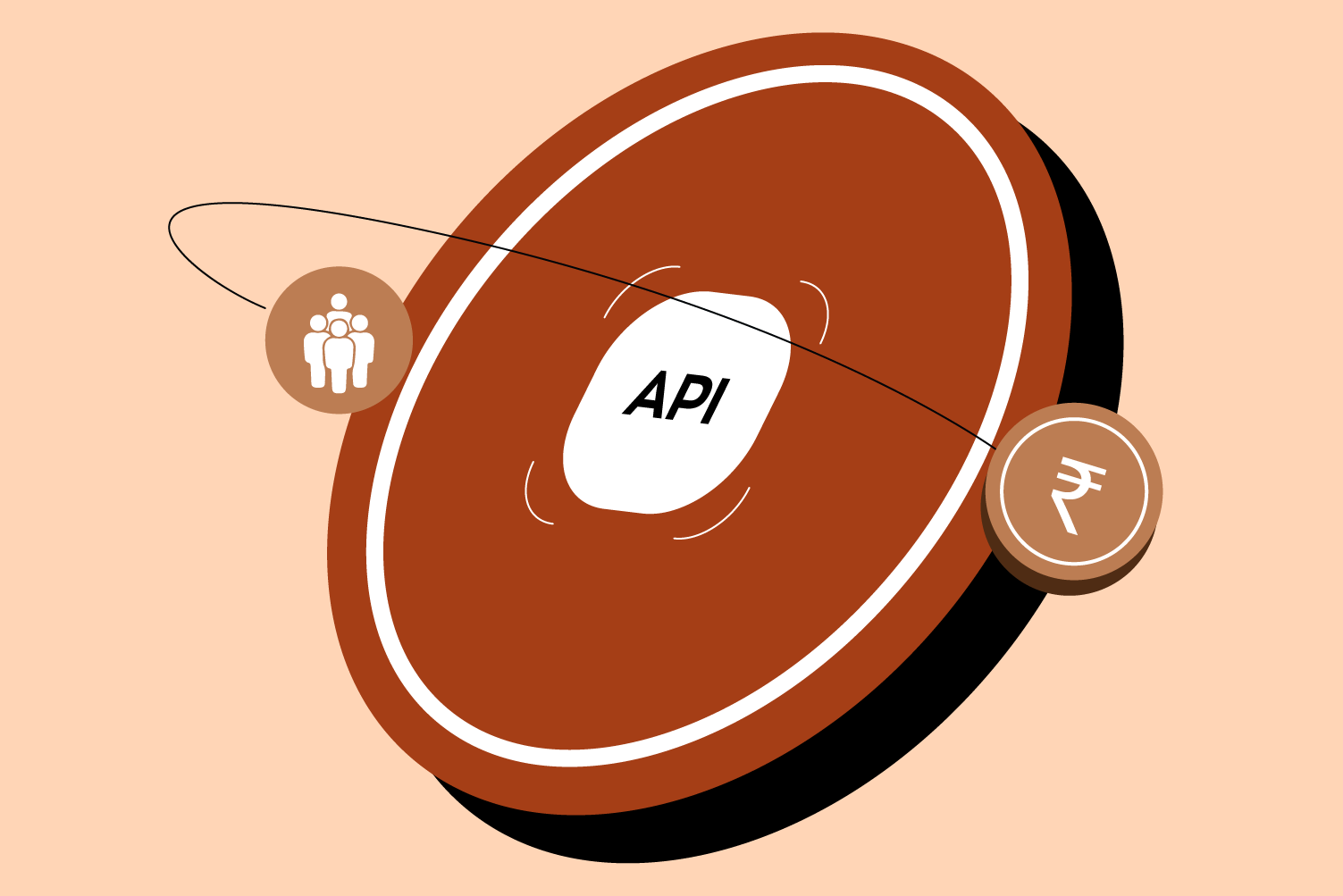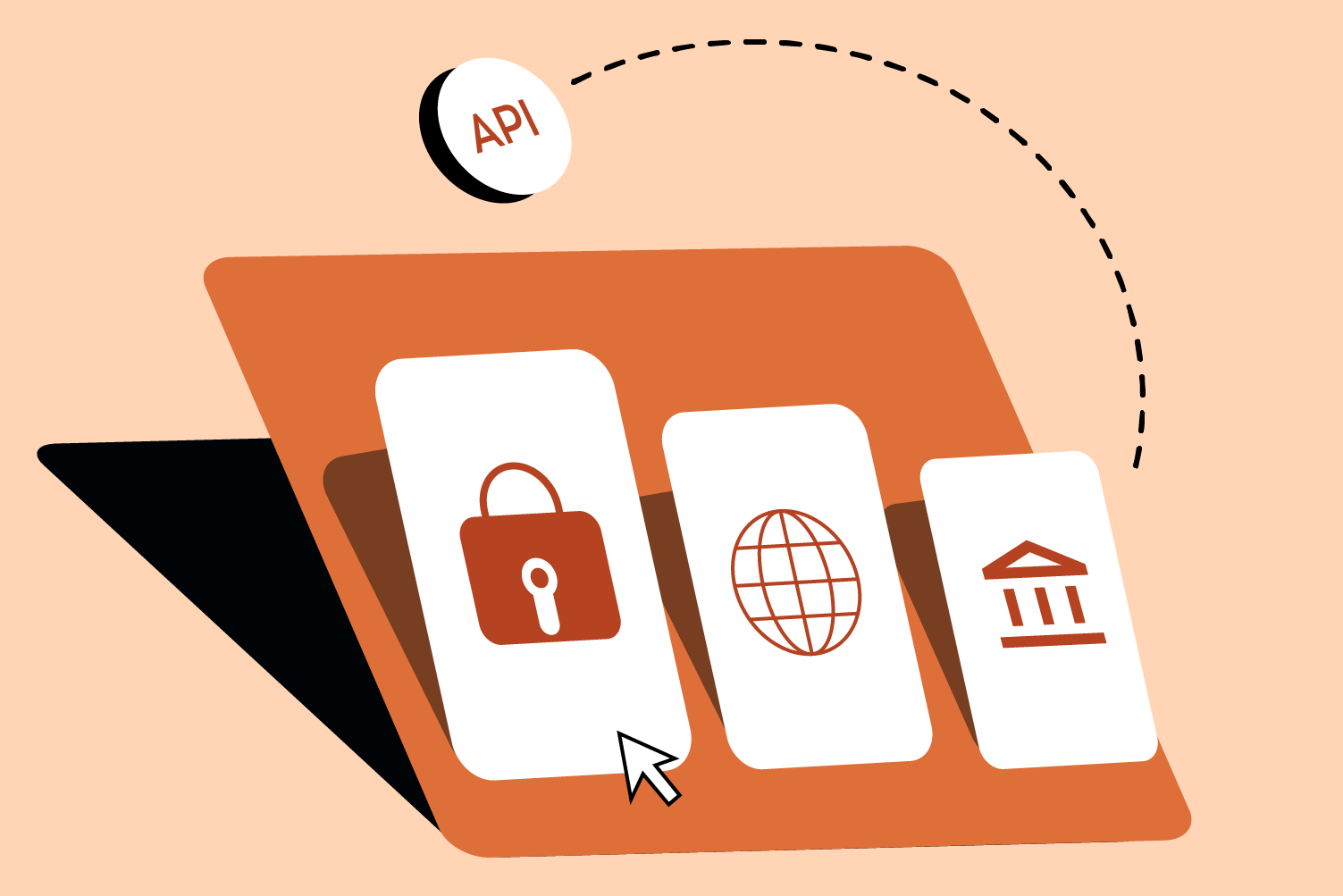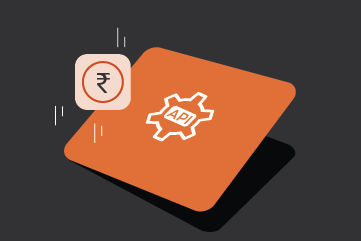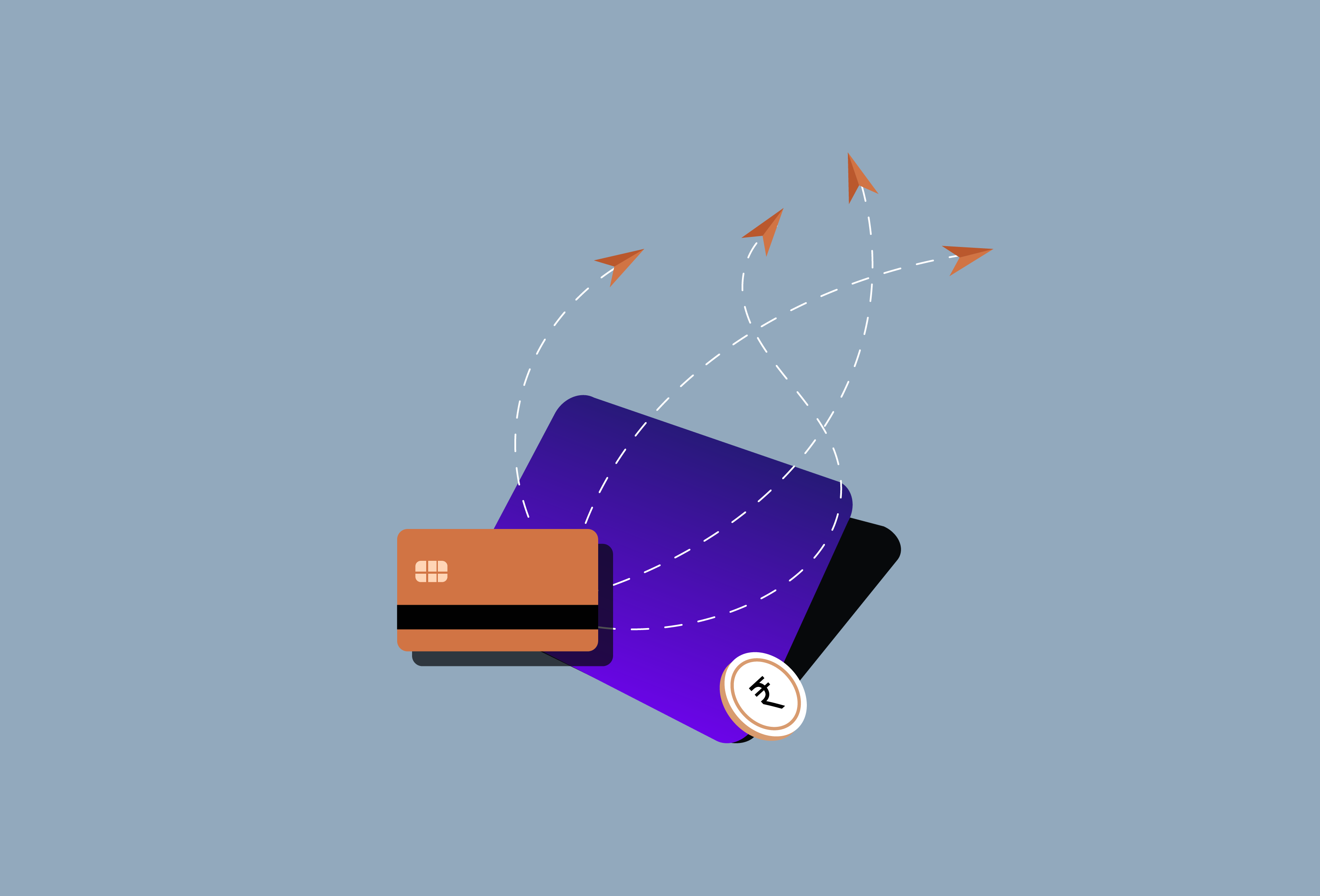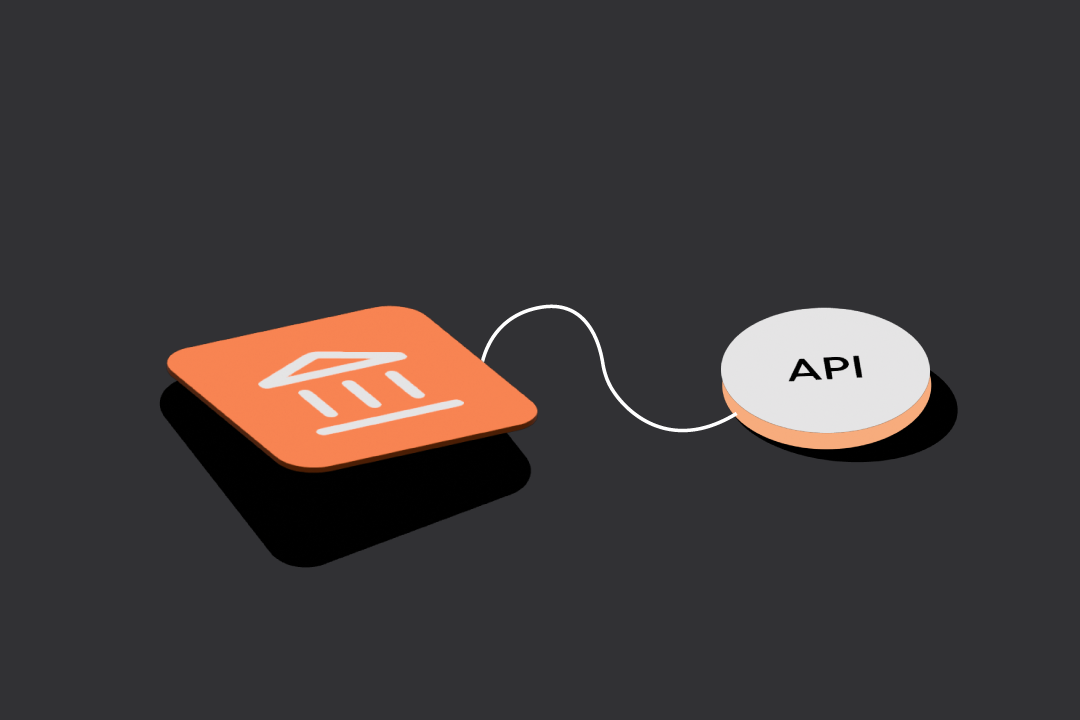Our chapters on Core banking APIs and lending APIs would have given you a glimpse of the vast possibilities through banking APIs. This chapter will cover another popular set of APIs—the Card Issuance APIs.
Card Issuance APIs are used to create, manage, & distribute your own virtual (digitally generated – scroll down for a detailed explanation) or physical credit or debit cards. These are ultimately cards issued by popular card networks – VISA, Mastercard, American Express, or Discover. These players have card-issuing partners globally, like banks, fintech organizations, or credit unions. The issuing partners create & issue cards while the card networks process payments between banks & merchants.
Card Issuance APIs have made it easier for customers to create physical and virtual cards instantly. Customers can even brand these cards the way they want to.
Customized Cards For Businesses
Many card-issuing companies, such as banks or fintech institutions, have APIs that let businesses create customized credit and debit cards. Stripe is one such company that provides this solution to its B2B customers.
The APIs enable businesses to create and manage physical and virtual cards via API calls. This lowers entry barriers and accelerates businesses’ time to issue their cards.
Virtual cards are digitally generated debit or credit cards with all the physical card properties. You can create and dispose of as many virtual cards as you want. These cards are used to manage multiple teams by allotting them different virtual cards with a unique card number, CVV, and expiry date.
A few use cases of customized cards need to be highlighted here. For example, creating & assigning company cards for expense management. All these cards have banking services integrated into the debit cards, which can be used for banking activities.
Another example is that, with the help of Card Issuance APIs, it is possible to issue cards for on-demand delivery. For example, an on-demand delivery company can issue a specific card that can be used only at the assigned merchant for its fleet of couriers.
Most companies use Card Issuance APIs for expense management. Imagine you’re a small business owner looking to automate managing your employee expenses. You can make use of Card Issuance APIs. With these APIs, you can create physical and virtual cards to manage your team’s expenses. Each card can be assigned to your team members and programmed with custom or flexible spend limits. It can be configured according to your company policies.
Virtual Cards
Recently, there has been an explosion in businesses’ usage of virtual cards.
What are virtual cards, though? And what exactly is causing this surge?
A virtual card is a prepaid debit or credit card that comes with all the features of a physical card. It is strongly encrypted on a user’s phone, allowing the user to never worry about losing the physical card. Most businesses use virtual cards to increase the efficiency of their expense management system. These cards are also becoming popular for one-time purchases and disbursements, like issuing a card just for a specific purchase or subscription renewals.
Similar to physical cards, these cards are linked to the user’s main credit or debit card account. However, they minimize the personally identifiable information the user shares at the place of purchase.
Virtual cards have many benefits for both business & their suppliers. Some of them are –
- The most significant benefit of virtual cards is the privacy you get and the protection they provide against fraud.
- Since they aren’t physical, virtual cards are never handed over to anyone, and there are no magnetic strips or chips that a thief can clone.
- Vendors or suppliers can make payments using virtual cards instead of writing cheques to reduce the chance of human errors or fraud.
- One of the main benefits is the ability to close virtual cards anytime. Otherwise, canceling a card means a new card has to be issued, which might lead to a cascading chain of problems.
- You can also set spending limits & even assign specific cards for merchants.
By now, you would undoubtedly have some idea about banking APIs and their contribution to the evolution of the banking industry. No, once you determine the required APIs, there are certain factors you should consider before you finalise the API provider. Let us jump to our last chapter from the list – how to choose the right API provider.


